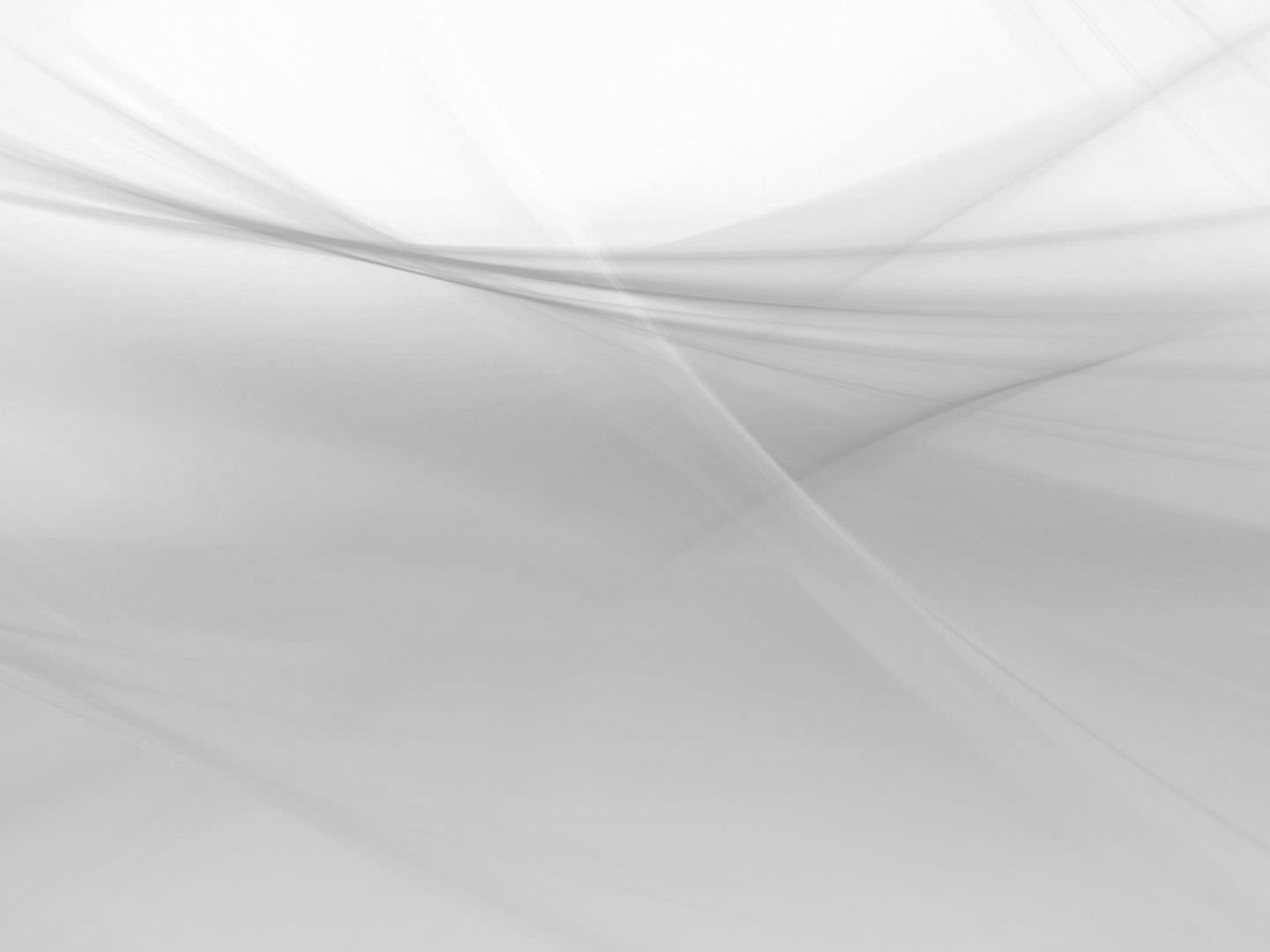

33
Hydraform Global
A
mong the many projects that have successfully used
Hydraform machines, technology and training in the
Indian subcontinent are:
• the earthquake rehabilitation project in Gujarat
• the cyclone rehabilitation project in Orissa
• tsunami rehabilitation projects in South India and
Sri Lanka
• shelter programmes in Sri Lanka
• flood rehabilitation and shelter programmes in Barmer
• the flash flood rehabilitation project in Leh
• a host of other initiatives focused on employment, skills
development or resettlement.
In the course of all of this humanitarian activity,
Hydraform building technology and machines have
been chosen by prestigious multinational institutions
such as UNDP, Action Aid, Tata Relief, CARE, HUDCO
and BMTPC. Similarly, many large local corporates have
selected the machines for use in their own corporate
social responsibility initiatives.
Collaboration and growth
Of course this hasn’t occurred in a vacuum. The
company always works closely with communities, housing
technology institutions, building materials technology
councils, architects, engineers, professionals and artisans
to ensure that building materials produced by Hydraform
machines are of the highest quality and meet the most
stringent quality standards.
The nett result of these efforts is that something that
began life primarily as a social housing solution soon
develop into a widely accepted and viable alternative
for mainstream construction. Hydraform technology
has been used in practically all types of construction
projects: from cluster housing to multi-storey housing
developments, from industrial facilities to schools and
colleges, from offices and warehouses to boundary walls
around business parks or residential developments.
One of the most compelling factors – certainly where
the international aid agencies are concerned – is
Hydraform’s capacity to meet green building standards.
Although the existing soil-cement blocks are among the
most carbon-neutral building materials available today,
the company has gone the extra mile by developing
solutions involving the use of post-industrial and
-agricultural waste as well as fly-ash in the construction
of its blocks.
Today, after some 28 years of manufacturing Hydraform
blockmaking and tilemaking machines, there are more
than 4 000 such machines in operation at a wide range
of locations around the world. And that number is
increasing virtually on a daily basis.
India
Kansas, USA
Vietnam
Argentina
Turkey
Philippines















